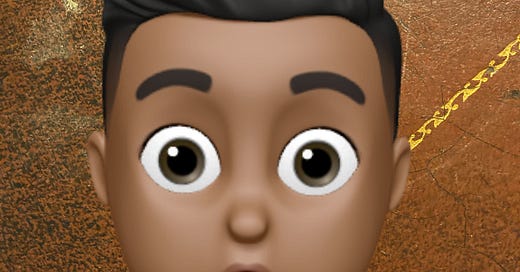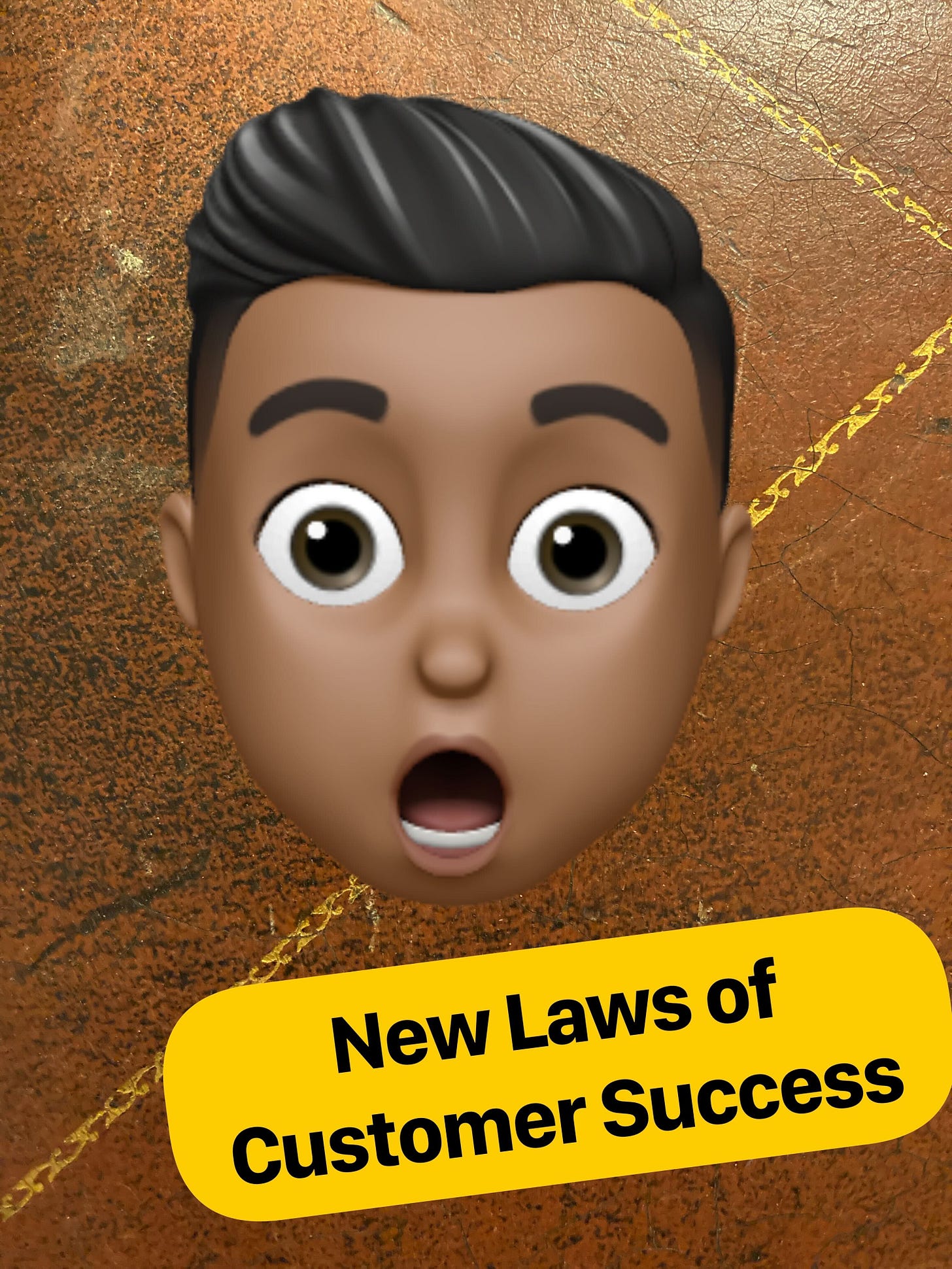Overcoming Stubborn Customers: CSM Secrets
A CSM's Guide to Influencing Customers: The Framework of Persuading Anyone
Each week — we examine the greatest frameworks from entrepreneurs to psychologists —in order to hone our own executive communication skills and become unforgettable in less than 5 minutes a week.
Most people suck at communicating in a way that causes people to change their behavior.
And honestly, I get it. I still struggle to communicate with my customers in a way that causes them to change.
What’s helping me though are 2 things:
1) A simple framework for explaining the true consequences of sticking with the old way of doing things.2) A simple framework for explaining the true benefits of making a change and trying something new.
I've come to realize that the biggest enemy we face as CSMs is often the temptation for our customers to do nothing or keep doing things the way they've always been done. People are resistant to change, and the thought of struggle or the possibility of making mistakes can be overwhelming.
However, over the past few months, I've put these frameworks into practice, and I've seen even the most stubborn customers make significant changes after following my recommendations.
Let’s break it down.
First and foremost, you must establish trust.
To establish trust with your customers, you need to convince them that your recommendations are the bridge between where they are now and where they want to be. This requires establishing credibility by demonstrating your expertise and communicating their issues effectively.
Here’s the framework:
Explain the a) problem, and b) what it is
Explain the consequence
Explain the consequence of the consequence (this is where you can psychologically trigger / influence change; this moment of “oh shit, I better get my act together and change this habit”)
Imagine if you were a dentist, and a patient had a cavity. Here’s how you would use this:
Explain the a) problem, and b) what it is: “I noticed a few cavities. Now, most people think cavities are caused by sugar. It’s not. They are caused by a particular bacteria that eats away at your enamel. This bacteria "feeds" off of sugar, which is why people assume sugar causes cavities. But sugar doesn't cause cavities, it's bacteria.
Explain the consequence: And these cavities cause a lot of pain.
Explain the consequence of the consequence: But most people that don’t realize that untreated actually cavities can lead to abscess — a severe infection — under the gums which can spread to other parts of the body and have serious conditions. With me so far?”
By framing the consequences in this way, you create an emotional moment that triggers a desire to take action. People are often more motivated to avoid pain than to seek pleasure, so if you communicate the consequences effectively, your customers will be more likely to change their behavior.
And if you communicate it this way, you can move your customer to a state of asking “oh shit, I don’t want that… how do I get rid of it”
To provide a recommendation aka your solution, it's important to use the same framework we used earlier to explain the problem.
Here’s the framework:
Explain the a) solution, and b) what it is
Explain the benefit
Explain the benefit of the benefit (this is where you can psychologically trigger / influence change; this moment of “woah, yep that’s what I want”)
Using the dentist example, and a patient had a cavity. Here’s how you would use this:
Explain the a) solution, and b) what it is: “So with cavities, we use a filing. Basically, it means that there is a hole in the tooth, and the dentist cleans it out to get rid of any bacteria and make the tooth smooth. And then we put solutions in to cover the hole.
Explain the benefit: That way, the hole is filled to prevent bacteria buildup in the area and it protects your teeth from further decay, and also gets rid of the pain.
Explain the benefit of the benefit: But the biggest benefit that most people don’t realize is that having good oral hygiene also leads to better total body health and will help you avoid problems like diabetes, heart disease or dementia. And it’s going to be limit the number of times you’re going to need to go see a dentist - ha!”
By framing the benefits in this way, you create an emotional moment that triggers a desire to take action.
Takeaway:
So, right now, as a CSM, take a feature if you sell software, or a process if you’re in services, and do the following:
Explain the a) problem, b) what it is, and c) process
Explain the consequence
Explain the consequence of the consequence (this is where you can psychologically trigger / influence change; this moment of “oh shit, I better get my act together and change this habit”)
And then, take that feature, or process, and create the following:
Explain the a) solution, b) what it is, and c) process
Explain the benefit
Explain the benefit of the benefit (this is where you can psychologically trigger / influence change; this moment of “woah, yep that’s what I want”)
Reply “storytelling guide” to this email if you want me to put together a guide on everything I’ve learned about telling great stories, and influencing my customers and executives as a CSM. Learning these skills has helped me get to the next level of my career, where I'm less stressed and have a bigger impact.





